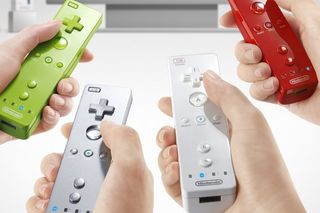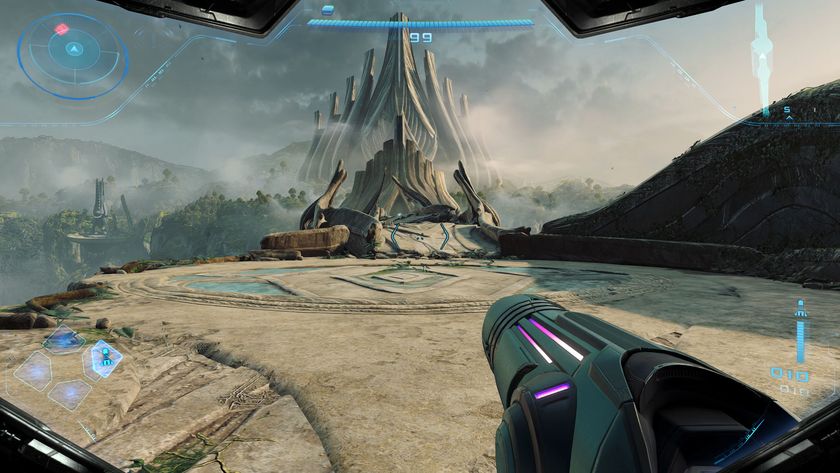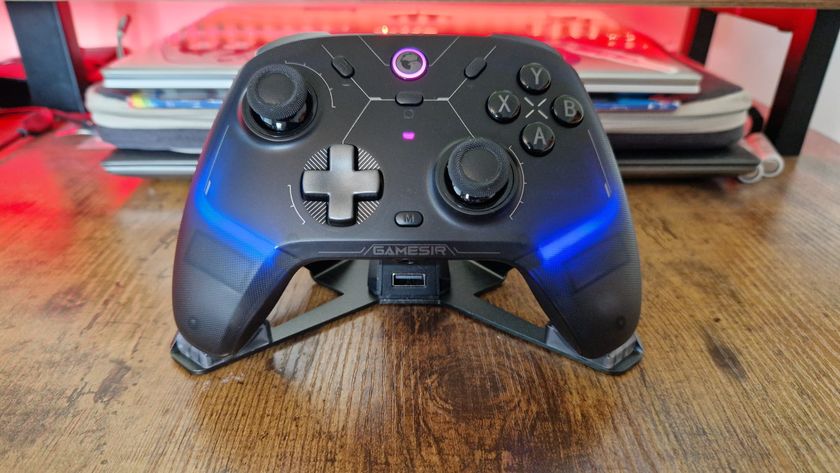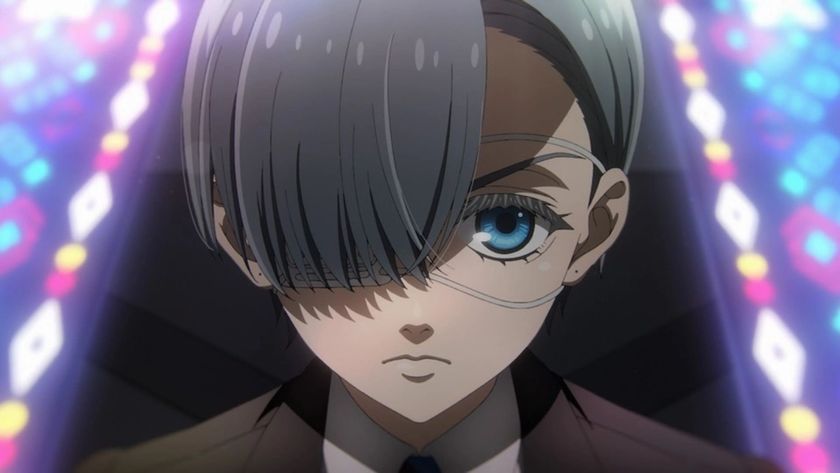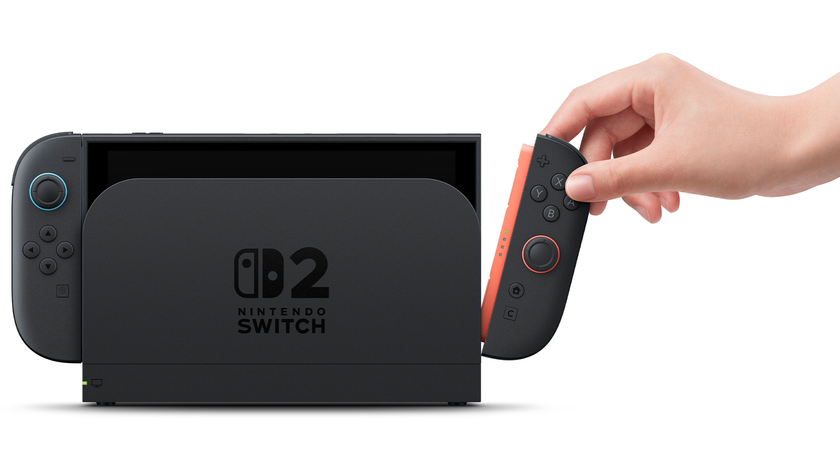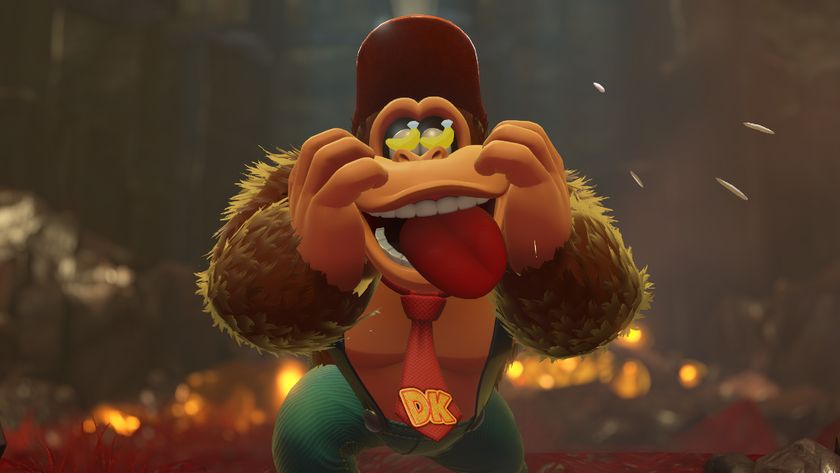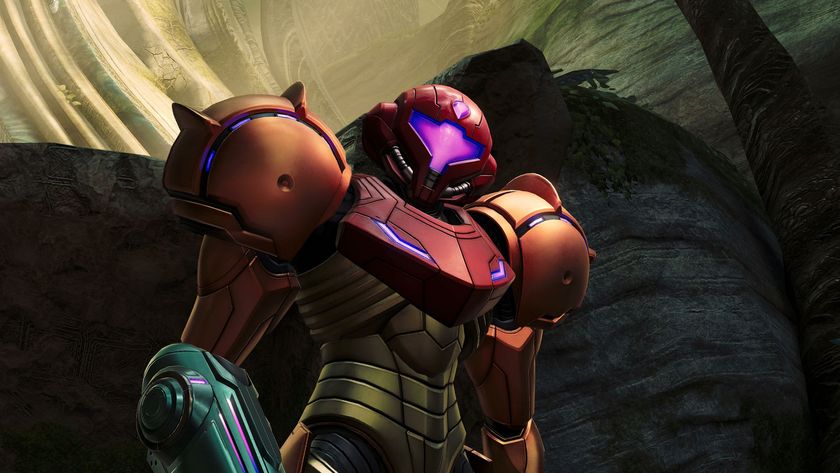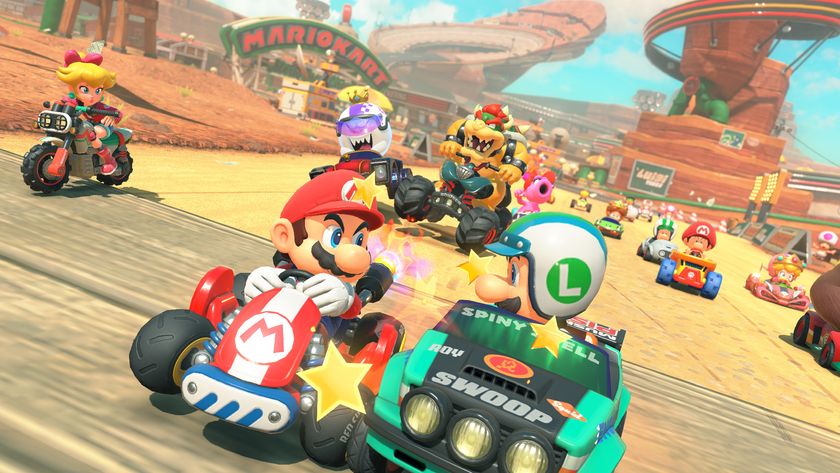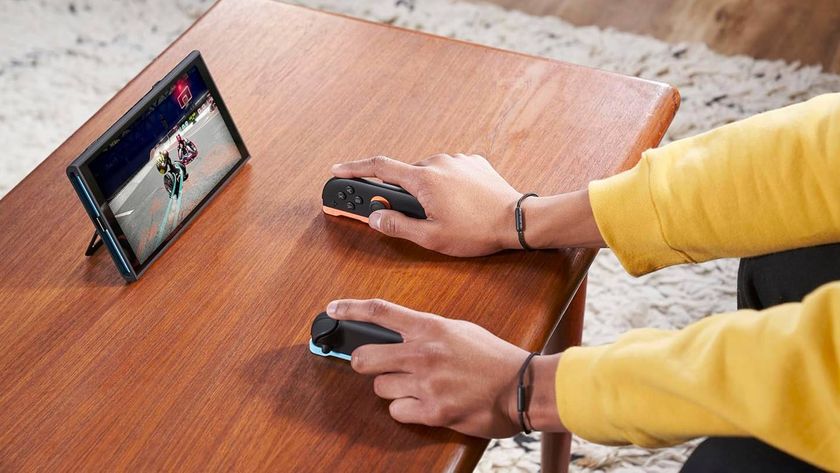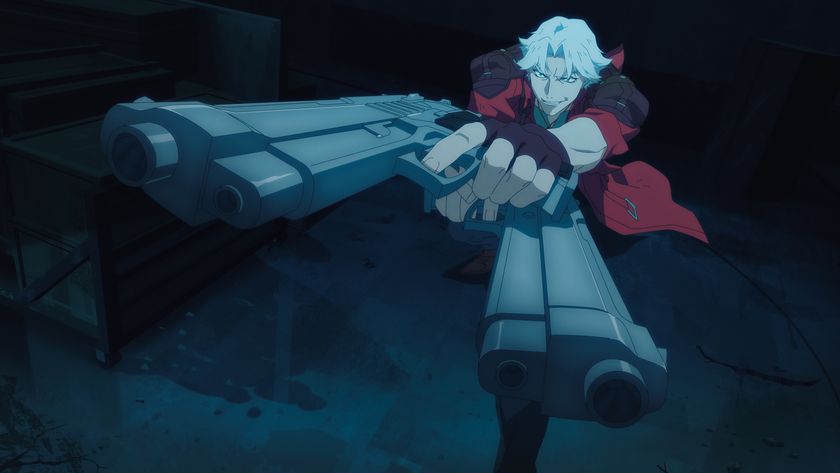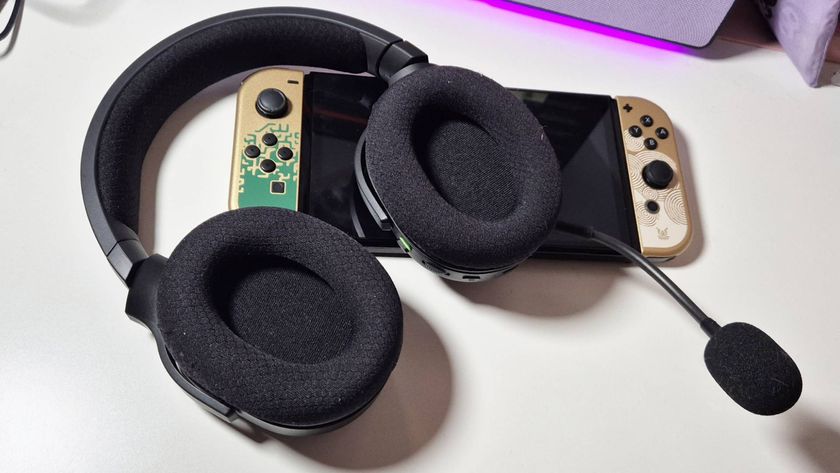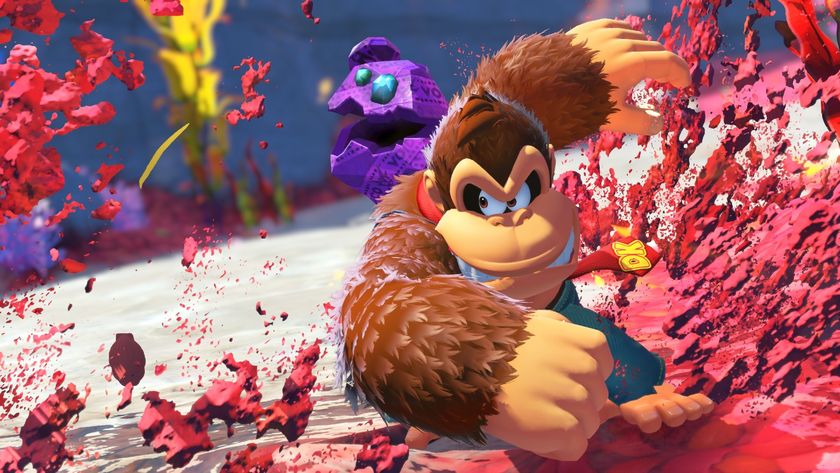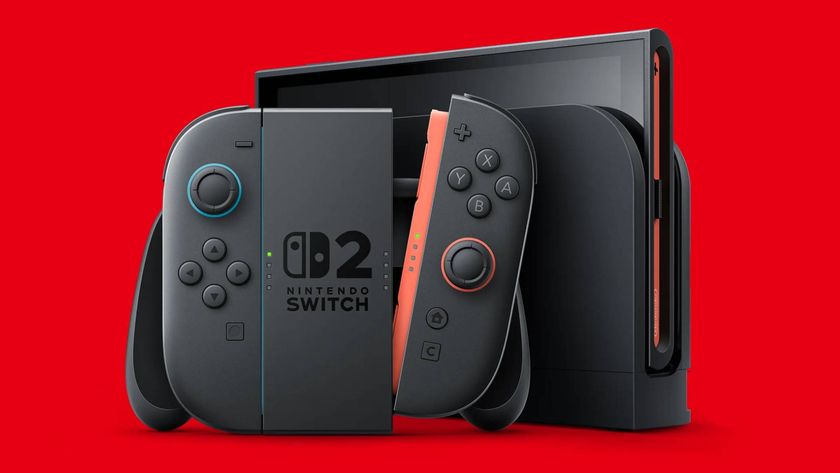Revolution controller: insider interview
Nintendo's head of European marketing sheds more light on next-gen device
After months of speculation, Nintendo finally revealed their top secret Revolution controller at the Tokyo Game Show today. With its TV remote design and motion-sensing functionality, Nintendo looks set to continue apace on its crusade for making gaming accessible to, well, absolutely anyone and everyone.
We managed to speak to Nintendo's Jim Merrick - the man responsible for the company's European marketing - to find out more about the controller, how it will work and where it fits into Nintendo's master plan...
It would have been nice to actually see some of the games that the controller will be compatible with featured in the video presentation.
We went to great lengths not to show games in the trailer! It's more about keeping the focus on the interface. If you show the game then everybody gets distracted by the graphics and what we really wanted to focus on was the human interface with the game and the machine.
Is the motion-sensing aspect of the controller going to be compatible with all Revolution games?
Like the Nintendo DS, which offers many different input devices such as voice and touch-screen, not every game is going to use every capability of the controller. The Revolution controller can sense not only where you're pointing, but where your relative position front to back, how close you are, whether you're tilting or rolling - it senses all of these things. Those may or may not be appropriate for different games, so there's no absolute requirement that all games should use it.
Sign up to the 12DOVE Newsletter
Weekly digests, tales from the communities you love, and more
The current controller design does work reasonably well for certain types of game - we're not going to throw it all out, but we wanted a fresh start and a fresh way of thinking to bring new consumers to the console.
How is movement of the controller detected?
We use Bluetooth technology to communicate between the controller and what we call a 'sensor bar', which has two little sensors on it that are maybe a foot apart. These sensors can be detached from the bar and they can be above the TV or below the TV - it doesn't really matter.
There's really no set-up other than just putting the bar by the TV. There's no calibration for size or type of TV or anything like that.
So presumably the controller will be compatible with all TVs?
It works with any kind of television set - it doesn't matter if it's LCD, plasma, projector or CRT.
And the gamer won't have to sit in the same position every time they're playing a title that uses the motion-sensing function?
Absolutely not - the relative angle in front of the sensor bar is about the same as the viewing angle of the TV. So if you can see the TV, the controller is going to work.
